-
New American and European 2003 guidelines for the management of arterial hypertension
Krzesinski JM
Rev Med Liege 2003, 58(9),563-571Abstract : New American and European guidelines have been released in 2003, the purpose of which is to improve the management of arterial hypertension. The decision to treat high blood pressure now mainly relies on the individual cardiovascular risk rather than on the sole blood pressure level. Thus, antihypertensive drugs could be proposed even to normotensive individuals, provided they have a high cardiovascular risk (> 20% at 10 years). On the other hand, grade 1 or 2 hypertensive patients, if their baseline cardiovascular risk is low, will be prescribed antihypertensive drugs only after 3 to 6 months of follow-up. In all cases, individualized non pharmacological means must always be proposed and their use stimulated. The target blood pressure under treatment will be < 140/90 mmHg when the cardiovascular risk is low or moderate, but < 130/80 mmHg when high risk exists. To reach this target, a drug combination is very often necessary, and it frequently includes a low dose of diuretic. To-day, the option of using a low dose biotherapy as an alternative to monotherapy is even proposed as first step antihypertensive treatment. After initiation of treatment, the patient must be regularly followed up and stimulated to decrease his cardiovascular risk to the lowest possible level, following an inclusive approach

